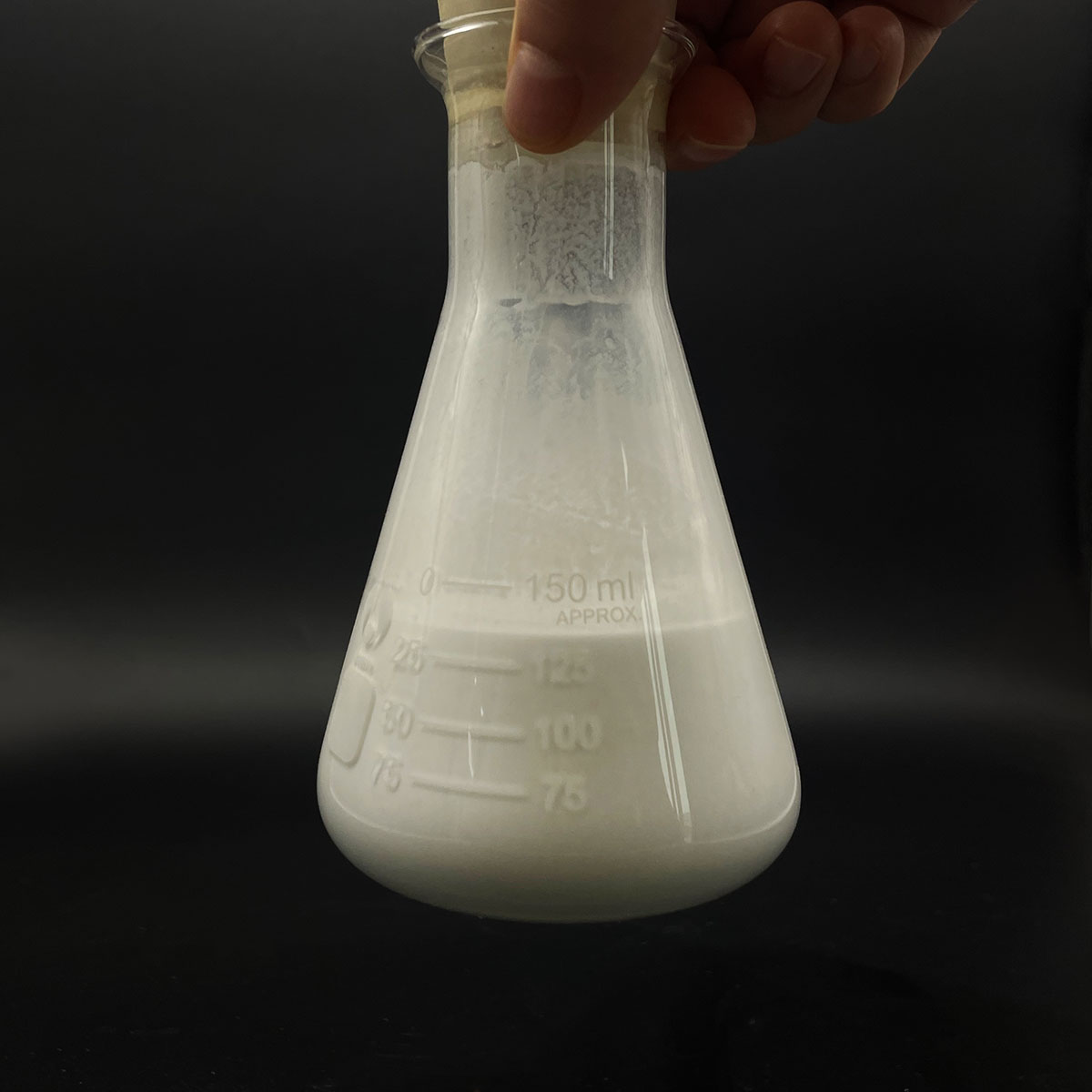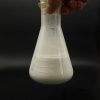Overview of Good Anionic Polyacrylamide with High Viscosity PAM Polyelectrolyte in Oil as Plugging Polymer-Surfactant.
Anionic surfactants are a class of surface-active agents characterized by a negatively charged hydrophilic head group when dissolved in water. This charge arises from the presence of a sulfate, sulfonate, phosphate, or carboxylate group. They are among the most widely used surfactants due to their effective cleaning properties, foaming capacity, and broad compatibility with other formulation ingredients. Anionic surfactants find extensive application across industries, including personal care, household cleaning, textiles, and industrial processes.
Features of Good Anionic Polyacrylamide with High Viscosity PAM Polyelectrolyte in Oil as Plugging Polymer-Surfactant.
-
Negative Charge: The anionic head group imparts water solubility and enables interaction with positively charged surfaces or particles.
-
Detergency: Exceptional at removing dirt, grease, and oils due to their strong polarity and ability to penetrate and disrupt these substances.
-
Foaming Properties: Many anionic surfactants generate stable and abundant foam, making them ideal for applications where lather is desired.
-
Cost-Effectiveness: They are often less expensive than nonionic, cationic, or amphoteric surfactants due to the abundance of raw materials and established production processes.
-
Compatibility: Can be combined with other surfactants to enhance performance or adjust properties, although care must be taken to avoid precipitation or incompatibility issues.
-
Environmental Considerations: Some anionic surfactants may pose environmental concerns due to their persistence or toxicity; however, biodegradable options are available.
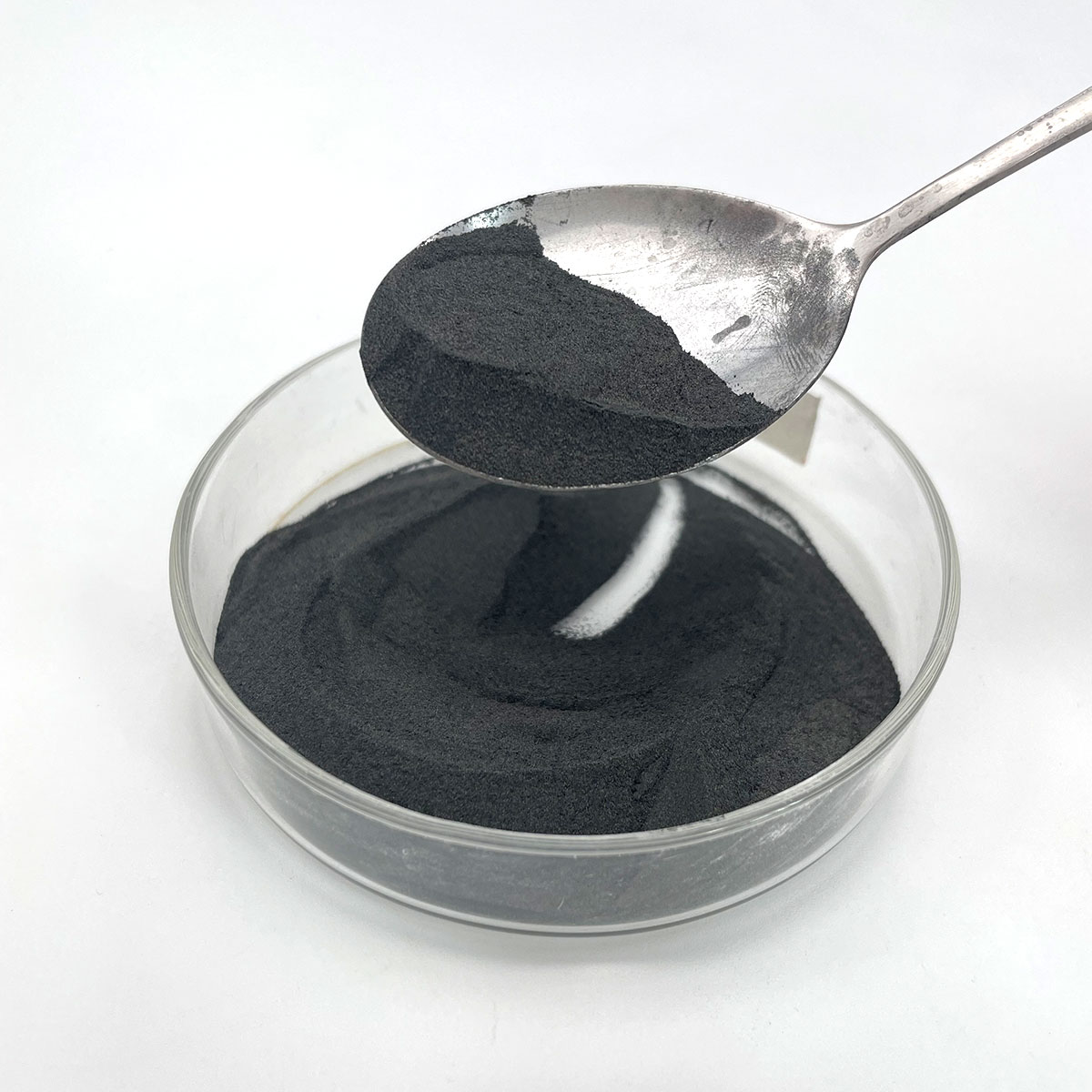
(Good Anionic Polyacrylamide with High Viscosity PAM Polyelectrolyte in Oil as Plugging Polymer-Surfactant.)
Specification of Good Anionic Polyacrylamide with High Viscosity PAM Polyelectrolyte in Oil as Plugging Polymer-Surfactant.
Good Anionic Polyacrylamide (PAM) with High Viscosity is a specialized polyelectrolyte developed for use in oilfield applications as a connecting polymer-surfactant. This product incorporates high molecular weight, anionic cost, and surfactant compatibility to boost oil recovery by boosting fluid viscosity, reducing water channeling, and maintaining development frameworks. Below are its crucial requirements and attributes:
** Molecular Weight **: Ranging between 10– 20 million Daltons, ensuring premium thickness and enlarging properties. The high molecular weight makes it possible for effective fluid diversion in tanks, connecting high-permeability zones to reroute waterflooding efforts towards untapped oil pockets.
** Level of Hydrolysis **: 20– 30%, offering optimum anionic charge thickness for boosted solubility and communication with storage tank surfaces. This promotes adsorption on rock formations, lowering permeability precisely and boosting move effectiveness.
** Thickness **: Delivers 2000– 5000 mPa · s (at 0.1% focus in salt water, 25 ° C )as a result of its robust polymer chain structure. The high viscosity makes sure secure movement control, lessening feeling effects during water shot.
** Solubility **: Quick dissolution in water (under 60 mins with frustration), making it appropriate for on-site preparation. Compatible with saline settings (up to 50,000 ppm TDS) without precipitation.
** Thermal Security **: Withstands temperature levels up to 90 ° C, preserving efficiency in moderate-temperature tanks.
** Chemical Compatibility **: Works synergistically with surfactants to decrease interfacial stress (IFT) between oil and water, improving oil variation. Its anionic nature protects against conflict with typical anionic or nonionic surfactants utilized in oilfields.
** Environmental & Safety And Security **: Reduced poisoning, eco-friendly, and adhere to EPA and OSHA criteria. Recurring acrylamide monomer web content is 0.05%, guaranteeing secure handling.
** Applications **: Largely made use of for water shut-off, account adjustment, and uniformity control in fractured or heterogeneous reservoirs. It stabilizes solutions, avoids clay swelling, and boosts surfactant efficiency in chemical flooding.
** Product packaging & Storage Space **: Provided as white granules/powder in 25 kg moisture-proof bags. Stable for 24 months when kept in a great, dry environment (35 ° C).
This high-viscosity PAM maximizes oil healing by balancing plugging performance and fluid movement, making it perfect for testing tank conditions. Its surfactant-friendly solution makes certain smooth assimilation right into enhanced oil healing (EOR) workflows.
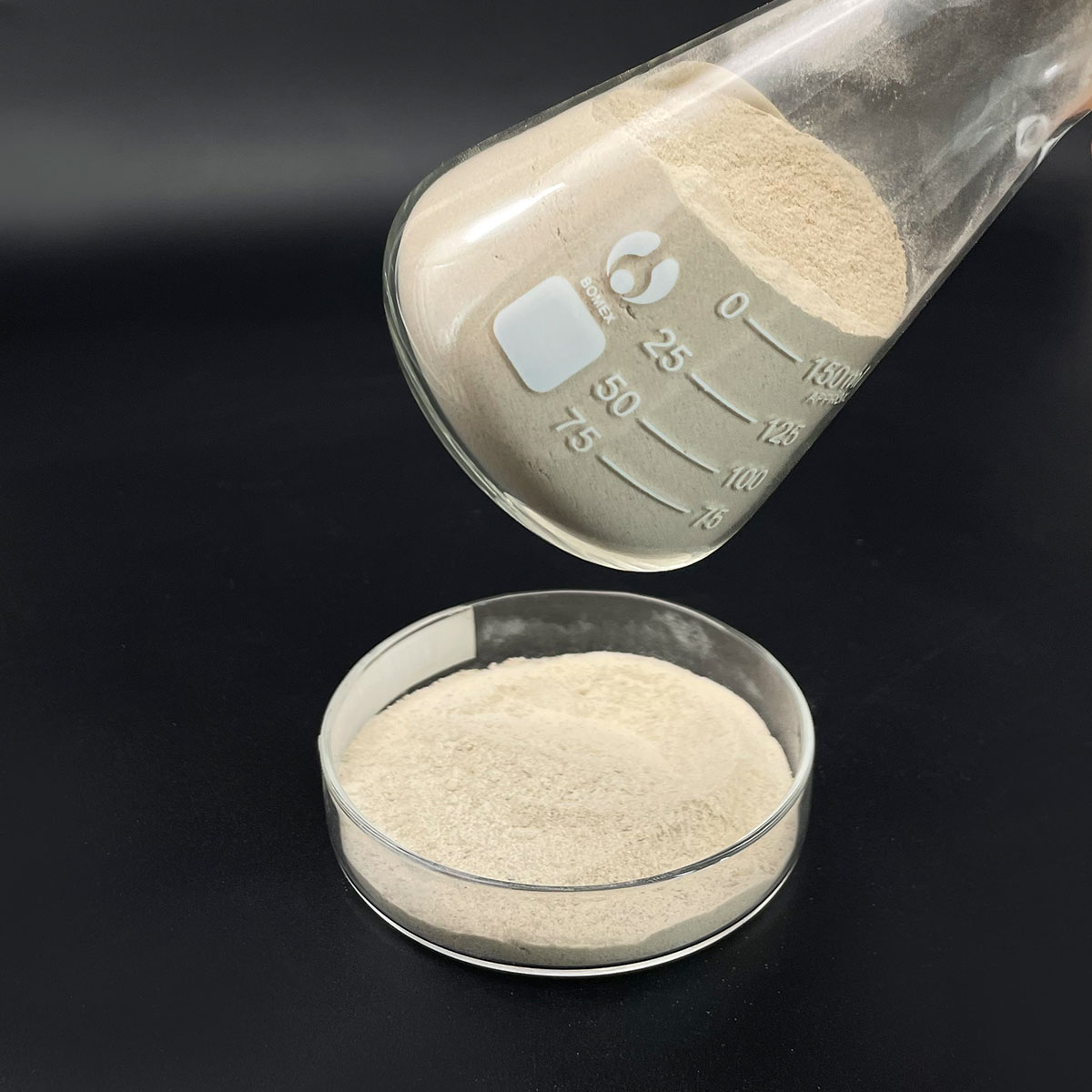
(Good Anionic Polyacrylamide with High Viscosity PAM Polyelectrolyte in Oil as Plugging Polymer-Surfactant.)
Applications of Good Anionic Polyacrylamide with High Viscosity PAM Polyelectrolyte in Oil as Plugging Polymer-Surfactant.
Anionic Polyacrylamide (PAM) with high viscosity is a versatile polyelectrolyte extensively utilized in the oil and gas market as a connecting polymer-surfactant system. Its one-of-a-kind properties, consisting of high molecular weight, anionic charge, and outstanding viscosity-building capacities, make it excellent for dealing with difficulties in boosted oil healing (EOR), water shut-off, and correspondence control. When deployed in combination with surfactants, this polymer enhances reservoir move performance and maximizes hydrocarbon recovery by maximizing fluid flow dynamics in porous media.
In oilfield applications, high-viscosity anionic PAM serves as a connecting representative to selectively obstruct high-permeability areas or fractures in tanks. This procedure, known as account modification, reroutes infused liquids (e.g., water or gas) right into low-permeability, oil-rich areas, avoiding premature development and enhancing sweep effectiveness. The polymer’s anionic nature allows it to adsorb onto positively charged rock surfaces, forming a robust gel-like framework that resists mechanical shear and chemical degradation. Its high viscosity makes sure secure plugging even under severe tank conditions, such as heats, salinity, or acidity.
When integrated with surfactants, anionic PAM produces a collaborating system that enhances oil displacement. Surfactants lower interfacial tension between oil and water, mobilizing trapped oil beads, while the polymer offers thickness to maintain the surfactant solution, control mobility, and maintain plugging honesty. This combination boosts emulsification, prevents surfactant adsorption onto rock surfaces, and prolongs the long life of the therapy. Applications include waterflooding procedures, broken reservoirs, and fully grown wells with high water-cut concerns.
Trick advantages of using high-viscosity anionic PAM in polymer-surfactant systems consist of reduced water manufacturing, increased oil recuperation prices, and prolonged well life expectancy. The polymer’s compatibility with surfactants and other ingredients enables tailored options to address specific storage tank challenges. In addition, its reduced environmental influence and conformity with sector laws make it a lasting option for EOR projects.
In recap, anionic polyacrylamide with high thickness functions as a critical component in polymer-surfactant plugging systems, providing efficient tank administration, enhanced hydrocarbon recovery, and cost-effective procedures. Its adaptability to varied storage tank conditions and synergy with surfactants setting it as a cornerstone innovation in modern-day oilfield chemistry.
Company Profile
SurfactantChina is a trusted global chemical material supplier & manufacturer with over 12-year-experience in providing super high-quality surfactant and relative products.
The company has a professional technical department and Quality Supervision Department, a well-equipped laboratory, and equipped with advanced testing equipment and after-sales customer service center.
If you are looking for high-quality surfactant and relative products, please feel free to contact us or click on the needed products to send an inquiry.
Payment Methods
L/C, T/T, Western Union, Paypal, Credit Card etc.
Shipment
It could be shipped by sea, by air, or by reveal ASAP as soon as repayment receipt.
5 FAQs of Good Anionic Polyacrylamide with High Viscosity PAM Polyelectrolyte in Oil as Plugging Polymer-Surfactant.
**What is anionic polyacrylamide (PAM) with high viscosity, and how is it used in oil applications?**
Anionic polyacrylamide (PAM) is a water-soluble polymer with a negative charge, known for its high viscosity and molecular weight. In oilfield operations, it acts as a plugging agent in polymer-surfactant systems to control fluid loss, stabilize wellbores, and enhance oil recovery. It forms a gel-like barrier in porous formations, reducing water channeling and improving sweep efficiency during injection processes.
**Why choose anionic PAM over other polymers for plugging in oilfields?**
Anionic PAM’s negative charge prevents it from interacting with negatively charged rock surfaces, minimizing adsorption and ensuring better mobility in reservoirs. It offers superior solubility, thermal stability, and compatibility with surfactants. Its high viscosity ensures effective plugging of fractures or high-permeability zones, making it ideal for challenging environments like high-salinity or high-temperature reservoirs.
**How does high viscosity improve plugging performance in polymer-surfactant systems?**
High viscosity increases the polymer’s resistance to flow through porous media, allowing it to block fractures or channels more effectively. When combined with surfactants, the viscous PAM solution creates a stable foam or emulsion that diverts fluids to less-permeable zones, optimizing oil displacement and reducing water cut. This synergy enhances overall reservoir conformance and recovery rates.
**Is anionic PAM compatible with surfactants and other oilfield chemicals?**
Yes, anionic PAM works synergistically with surfactants, particularly in reducing interfacial tension between oil and water. Its compatibility with common oilfield additives (e.g., salts, alkalis) ensures stable performance in hybrid chemical floods. However, compatibility testing is recommended to avoid precipitation or viscosity loss in specific brine or pH conditions.
**What are the environmental and safety considerations for using anionic PAM in oilfields?**
Anionic PAM is generally non-toxic and biodegradable under controlled conditions. However, proper handling—such as avoiding inhalation of powder and ensuring dissolved polymer is managed to prevent aquatic toxicity—is critical. Regulatory guidelines (e.g., OECD, REACH) should be followed. Its high efficiency also reduces the required dosage, minimizing environmental footprint while maintaining operational safety. Store in a cool, dry place to prevent moisture-induced clumping.
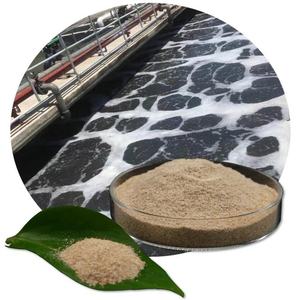
(Good Anionic Polyacrylamide with High Viscosity PAM Polyelectrolyte in Oil as Plugging Polymer-Surfactant.)
